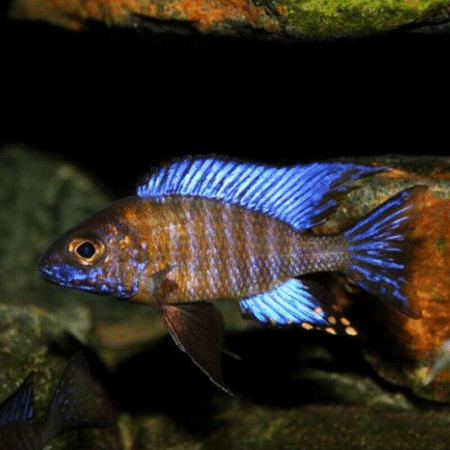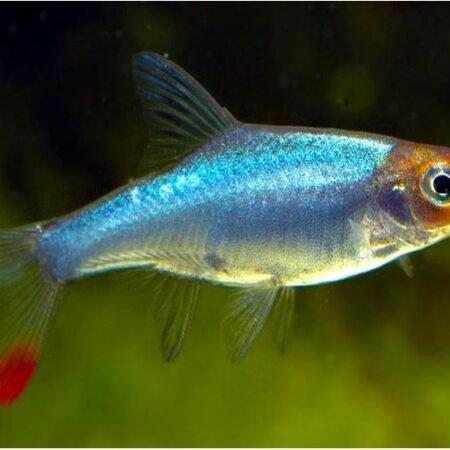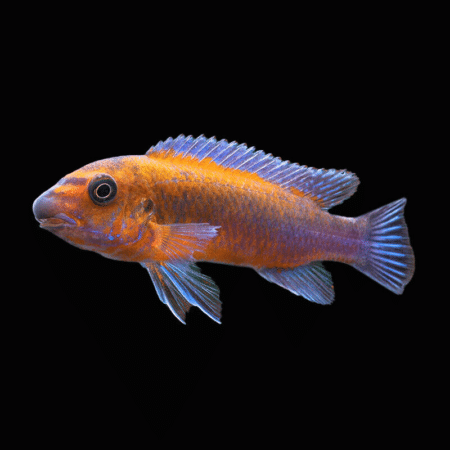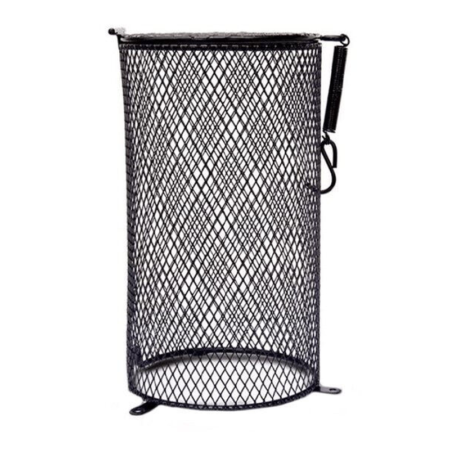-
×
-
×
-
×
-
×
-
×
-
×
-
×
-
×
-
×
-
×
-
×
-
×
-
×
2 X Thorichthys Maculipinnis Elliot's Cichlid Size Around 3-5 Cm (2 Fish ), Beautiful South American Cichlids for Peaceful Community Aquariums and Thriving Environments, Enhance Your Aquarium with Vibrant Colors 1 × £19.99
-
×
-
×
-
×
Assorted Colour Vampire Crab Geosesarma Sp 2-3Cm 1 × £8.71
-
×
-
×
-
×
-
×
-
×
-
×
Golden Eyes Vampire Crab - Geosesarma Sp. - Decapod Crustacean 2 × £8.71
-
×
-
×
-
×
Subtotal: £534.83













 2 X Thorichthys Maculipinnis Elliot's Cichlid Size Around 3-5 Cm (2 Fish ), Beautiful South American Cichlids for Peaceful Community Aquariums and Thriving Environments, Enhance Your Aquarium with Vibrant Colors
2 X Thorichthys Maculipinnis Elliot's Cichlid Size Around 3-5 Cm (2 Fish ), Beautiful South American Cichlids for Peaceful Community Aquariums and Thriving Environments, Enhance Your Aquarium with Vibrant Colors 

 Assorted Colour Vampire Crab Geosesarma Sp 2-3Cm
Assorted Colour Vampire Crab Geosesarma Sp 2-3Cm 




 Golden Eyes Vampire Crab - Geosesarma Sp. - Decapod Crustacean
Golden Eyes Vampire Crab - Geosesarma Sp. - Decapod Crustacean 













Emily Carter (verified owner) –
I recently welcomed a Barred Sorubim Pseudoplatystoma into my community tank, and I couldn’t be happier. As a caring fish parent, I prioritize the health and happiness of my aquatic friends, and this catfish has fit in beautifully. After about two months, I’ve noticed not only how content he is, but also how he actively interacts with his environment. He loves to explore the various hiding spots I’ve created with driftwood and plants, which mimics his natural habitat.
Compared to other catfish I’ve owned, this one is much more social and has a charming personality. They are on the larger side, so make sure your aquarium is spacious! My 75-gallon tank is perfect for him, and he seems to thrive.
I also appreciate the seller’s quick shipping and the fish arrived healthy, which is always a major plus for me. The only minor concern is that they can be a bit shy initially, but with time, they come out of their shell. If you’re looking for an engaging and beautiful tropical fish that adds character to your setup, I highly recommend the Barred Sorubim! You won’t regret it!
Emily Carter (verified owner) –
As a caring fish parent, I can’t recommend the Barred Sorubim Pseudoplatysto enough! I introduced this beautiful catfish to my 75-gallon aquarium about two months ago, and it has quickly become the centerpiece of my setup. The lush, striped patterns on its body add such a dynamic touch to the tank, and more importantly, it has a gentle temperament that coexists beautifully with my other tropical fish.
Not only is it visually stunning, but its scavenging behavior keeps my aquarium clean, as it happily munches on leftover food that other fish overlook. After a few weeks, I noticed my other fish seemed much happier, likely due to the cleaner environment.
Compared to other catfish I’ve kept, the Barred Sorubim shows less aggression and is more active throughout the day. A small concern would be its size—these fish can grow quite large, so be prepared for that! However, for anyone looking to add a unique and friendly catfish to their tank, this is the one for you! The shipping was fast, and it arrived in excellent health. I would definitely buy again and recommend it to fellow hobbyists who want a stunning aquarium fish. Make sure to provide plenty of hiding spots, as they do appreciate a little privacy.